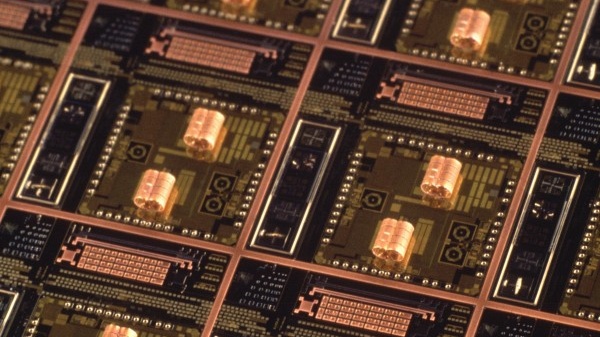New technology could make brain implants a commonplace reality

Researchers at Harvard Medical School are preparing to begin tests for a new kind of brain implant that could lead to the long-term restoration of sight for blind people.
In previous experiments it’s been shown that brain implants, which electrically stimulate brain cells, have the potential to help people with physical disabilities.
Unfortunately, the kind of electrodes that have been used up until now have not been able to make any lasting change as the scar tissue that forms after their implantation reduces their electrical connection to the brain cells.
The new implants have the potential to make a difference as rather than being implanted directly into the brain itself they’ll be able to rest on the surface of the organ beneath the skull.
Lasting changes
Tiny coils inside the implant will then be able to generate powerful magnetic fields which will induce electrical activity at targeted points in the brain tissue beneath.
The implants, that are being tested on monkeys in the next month, are intended specifically to stimulate the visual cortex in an attempt to create the sensation of sight without any actual input from the eyes themselves.
The overall aim is to use the implant to convert signals from a camera into brain activity, which will effectively restore the monkey’s vision. Using these new coils rather than conventional electrodes should mean that the effectiveness won’t reduce over time as the strength of magnetic fields aren’t affected by reforming tissue to the same degree as electric currents.
Sign up for breaking news, reviews, opinion, top tech deals, and more.
This isn’t the first time the implant design has been tested. Researchers at Massachusetts General Hospital that have already used the implants in mice found that the tiny coils were able to trigger whisker movements in the animals by stimulating neurons inside their brains.
As the technology is still in its animal testing stage, it could be some time before we see it applied to human patients.
Todd Coleman, an associate professor at the University of California, San Diego, told MIT Technology Review that the new approach has promise. Not only that, he said its applications wouldn’t necessarily be limited to the brain in the future.
Giving more specific examples, he says the implants could potentially be used in the digestive system in order to modulate the activity of the neurons that reside there and ensure the gut moves food along as it should.
He also said he’d be interested in exploring the potential of using the implants on the vagus nerve in the chest in order to control the symptoms of PTSD.

Emma Boyle is TechRadar’s ex-Gaming Editor, and is now a content developer and freelance journalist. She has written for magazines and websites including T3, Stuff and The Independent. Emma currently works as a Content Developer in Edinburgh.